The Snowy Mountains scheme, built between 1949 and 1974, diverts the water of the Snowy River and some of its tributaries, much of which originally flowed southeast onto the river flats of East Gippsland, inland to the Murray and Murrumbidgee Rivers irrigation areas. This has caused the health of the Snowy to decline dramatically.
Following long running campaigns, the Snowy Water Inquiry was established in January 1998. The Inquiry recommended an increase to 15% of natural flows. In 2000, Victoria and NSW agreed to a long-term target of 28%, requiring A$375 million of investment to offset losses to inland irrigators. It has been hoped that this increase in flow will help the health of the river system improve.
However there have been ongoing fears that the flows are not being properly managed in a way that will maximise environmental benefits. In 2013, the NSW Government abolished the Snowy’s scientific monitor and a replacement body, announced in 2014, has not yet been established. As pointed out recently by ecologists, without an independent monitor, there is a risk that the health of the river will go backwards.
Continue reading “Fears over Snowy River’s health without independent monitor” →






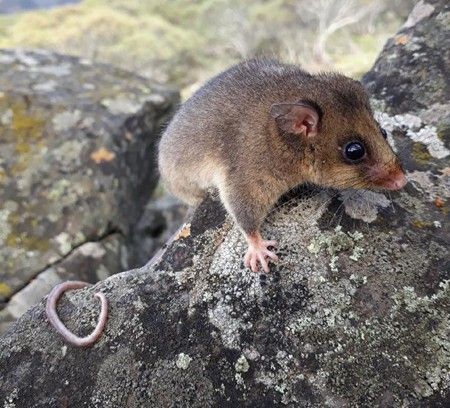
















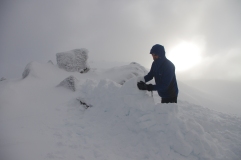













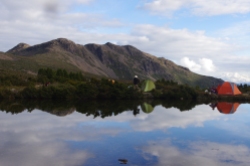


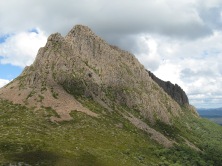






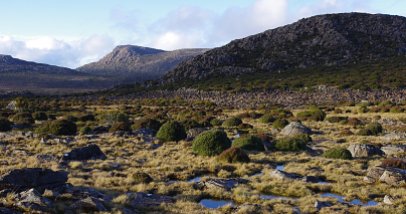



















Recent Comments